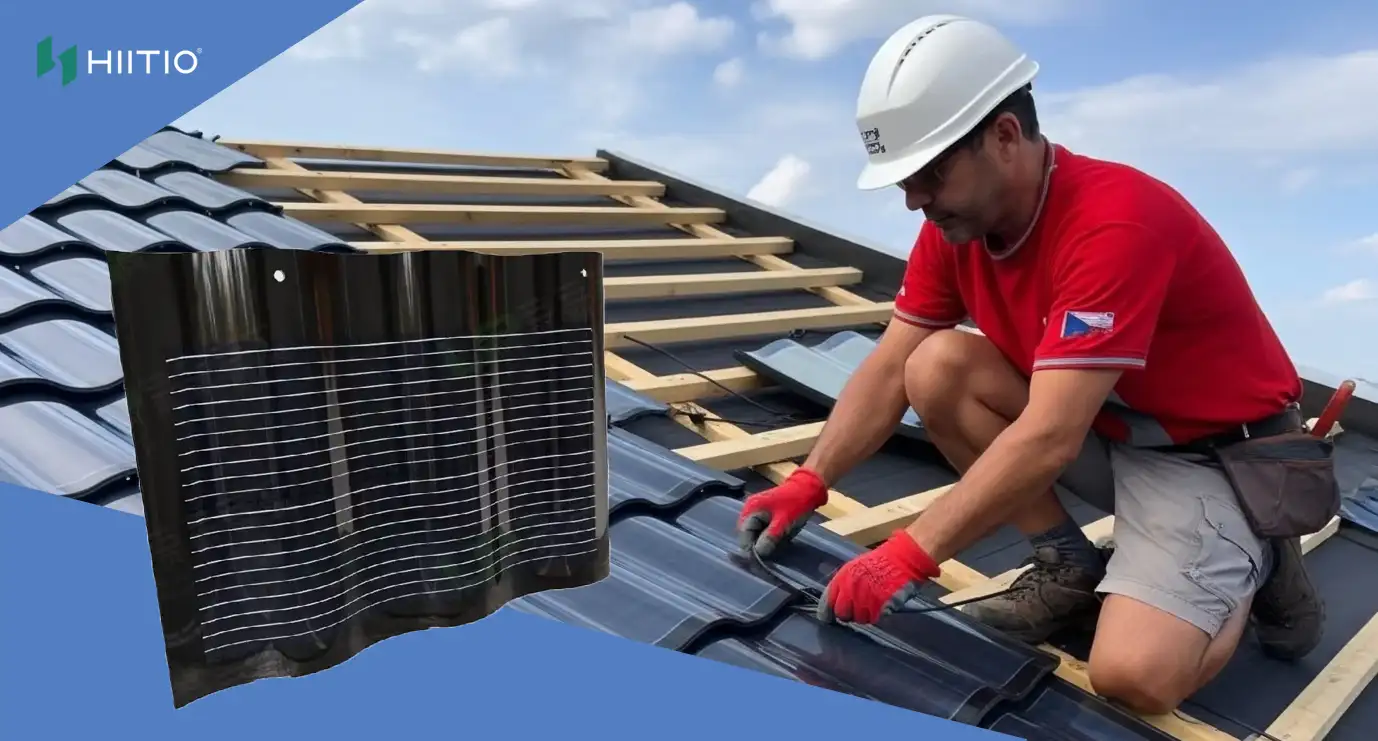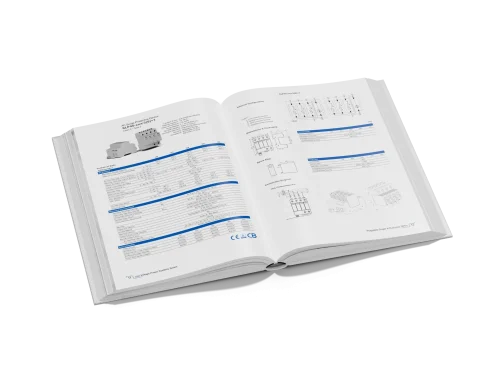As sustainability becomes an integral part of commercial and residential building design, Building-Integrated Photovoltaics (BIPV) have moved from a niche concept to a practical design strategy. BIPV replaces conventional building materials (roofing, façade cladding, glazing, etc.) with photovoltaic (PV) elements that perform both as the building envelope and as a source of on-site electricity. This dual role can improve aesthetics, reduce material and labor costs, and add renewable energy to a building without the visual or structural impact of rack-mounted systems.
Below, we break down the principal BIPV types, where they fit best, and the technical and design considerations that influence product selection.
Quick taxonomy — the main BIPV categories
Practitioners commonly group BIPV products by the envelope element they replace. The major categories are:
- Roof-integrated systems (tiles, shingles, standing seam modules) — PV elements directly replace roofing materials in pitched or flat roofs.
- Façade and cladding systems (opaque panels, ventilated façades) — PV modules are used as exterior cladding or spandrel panels.
- Glazing and semi-transparent modules (windows, skylights, canopies) — PV glass or semi-transparent laminates that admit daylight while generating power.
- Curtain wall and unitized façade modules — Full-scale curtain wall units that incorporate PV into factory-assembled panels.
- Flexible laminates and thin-film membranes — Lightweight, conformable PV sheets for curved surfaces, canopy covers, or retrofit applications.
- Building-integrated photovoltaic-thermal hybrids (BIPV-T) — Systems that combine electricity generation with heat recovery for improved overall energy yield.
Each category can use a range of PV technologies (crystalline silicon, CIGS, CdTe, a-Si, organic PV), and each brings tradeoffs in efficiency, weight, fire and wind performance, and aesthetics.
1. Roof-integrated BIPV: tiles, shingles and standing seam
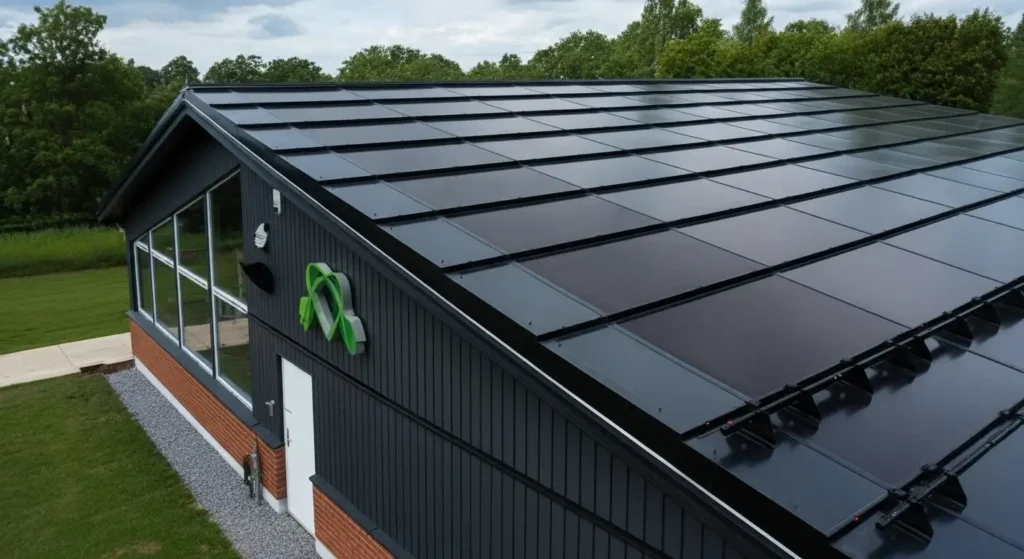
Roof-integrated BIPV is the most widely recognized form for residential and low-rise commercial buildings.
- Solar tiles and shingles are manufactured to match the look and profile of conventional roofing materials. They replace the roofing underlayment and provide weatherproofing while producing electricity. Their aesthetic advantage is strong for projects where roof appearance is critical.
- In-roof laminates and frameless modules are often used on pitched roofs and are installed flush with roof lines; some products are designed to sit within existing roofing systems.
- Standing-seam solar modules integrate with metal roof systems and are particularly popular for commercial and industrial roofing.
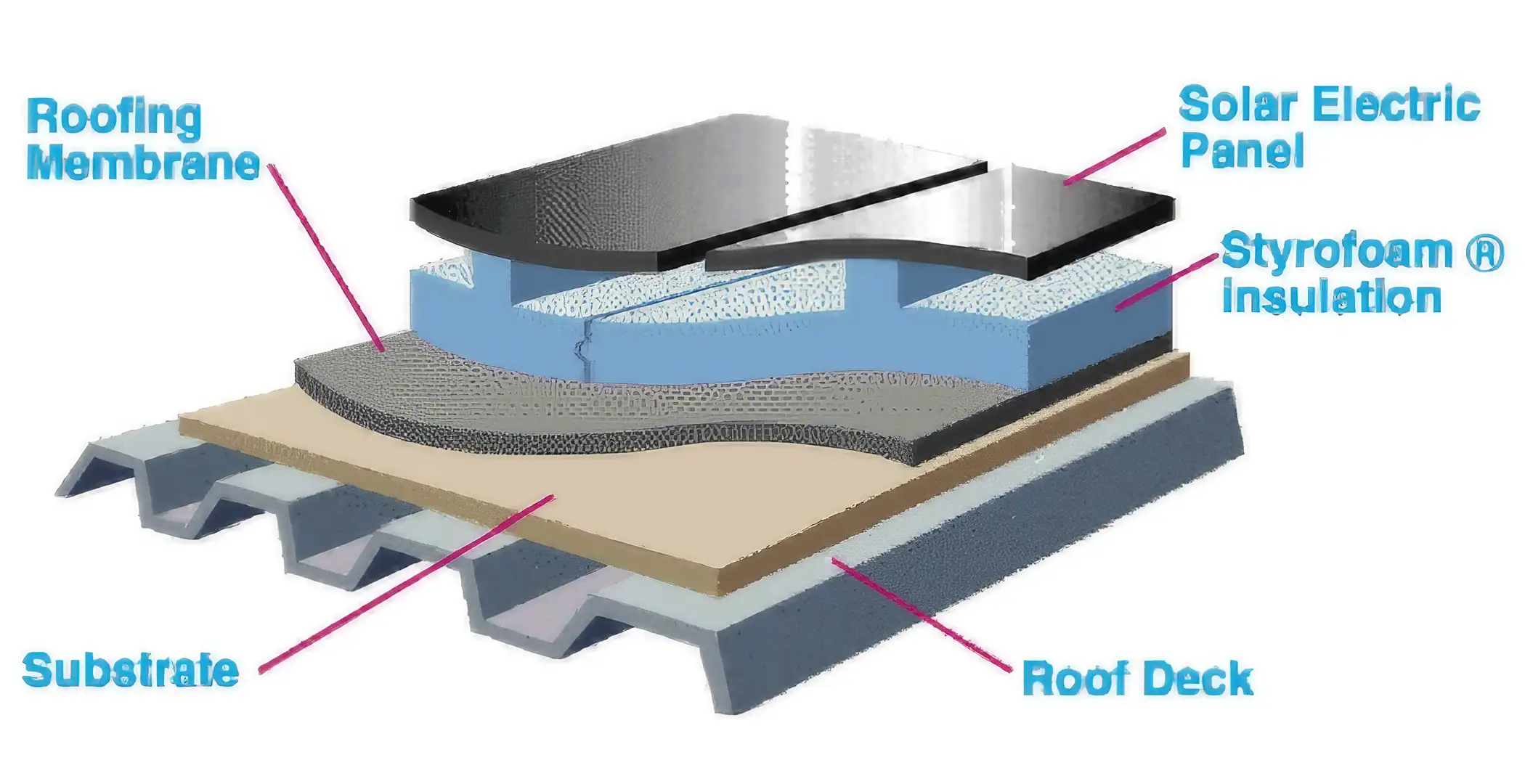
Advantages: integrated waterproofing and built-in appearance; potential material/labor cost offsets versus separate roof + rack PV. Limitations: usually heavier than membrane roofing, require careful flashing and waterproofing details, and can have reduced cooling (and thus electrical) performance if thermal management is insufficient.
2. Façade and cladding BIPV: opaque panels and ventilated façades
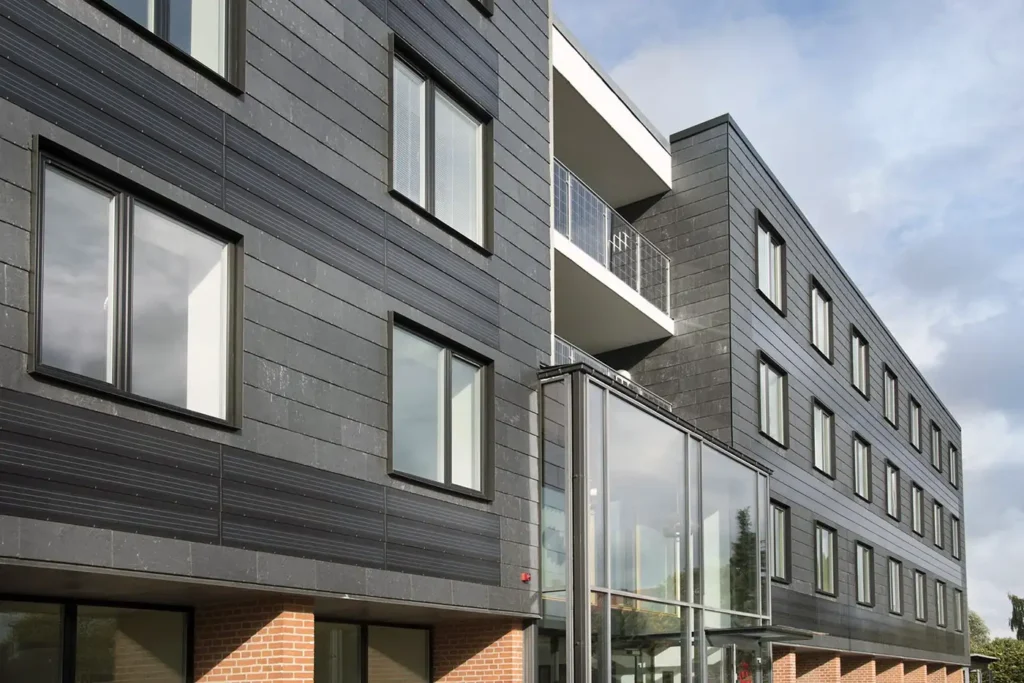
Image Source: https://www.google.com/bipv-facade-systems/
Façade BIPV turns vertical surfaces into energy-producing elements.
- Opaque PV cladding (spandrel panels, rainscreen panels) replace traditional metal or composite cladding. These are often laminated and framed for attachment to façade substructures.
- Ventilated double-skin façades with PV place PV in front of an air cavity; the cavity can provide convective cooling for PV and improve building thermal performance.
Use cases: commercial tower façades, retrofit cladding projects, and buildings where rooftop area for PV is limited. Because façades often face sub-optimal sun angles, design must balance orientation, tilt, and PV technology selection to reach performance targets.
3. Glazing and semi-transparent BIPV: windows, skylights, atria
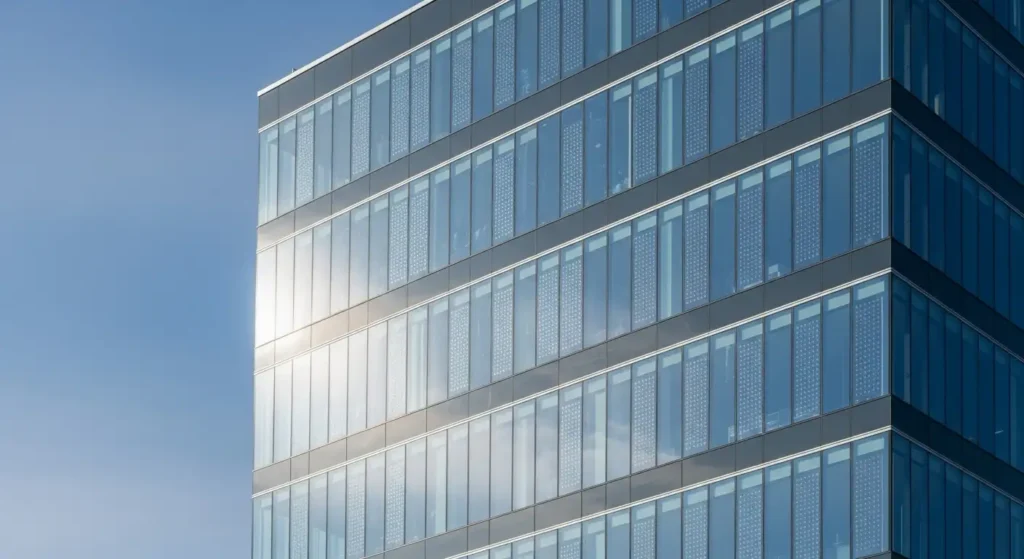
Transparent or semi-transparent PV products enable daylighting while generating electricity:
- PV glazing uses cells embedded within laminated glass or coated glass to let some light through while converting a portion of solar energy.
- Thin-film or dye-sensitized semi-transparent modules can be used for skylights, canopies, and conservatories where diffused daylight is required.
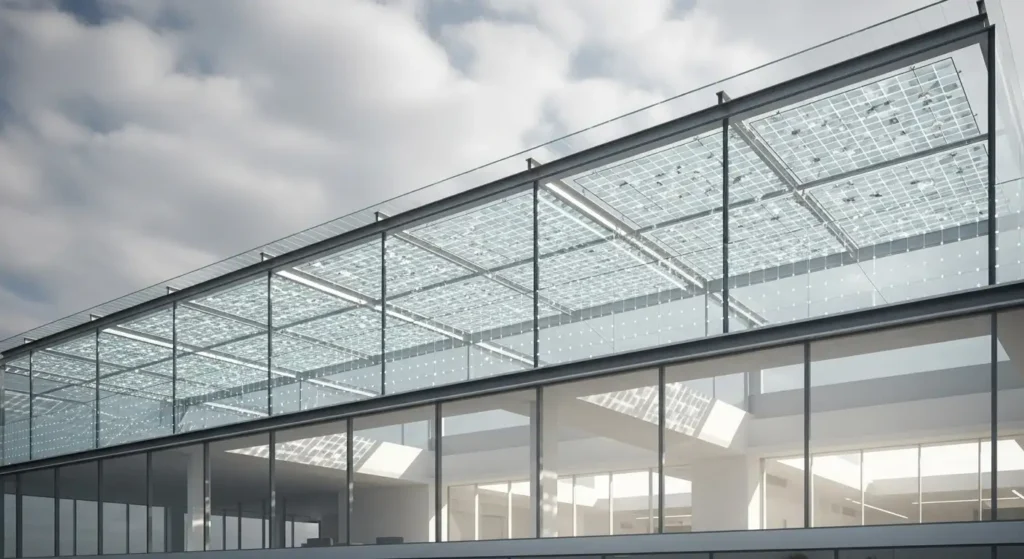
Designers must consider visible light transmittance (VLT), glare, U-value and shading factors; glazing BIPV can reduce cooling loads but may increase heating loads depending on climate and orientation. Performance expectations for semi-transparent BIPV differ from opaque modules — energy yield per square meter is lower, but combined façade thermal and lighting benefits can make them attractive for certain projects.
4. Curtain wall and unitized BIPV systems
Curtain walls can be manufactured as unitized panels that integrate PV cells, making installation on high-rise buildings faster and more controlled:
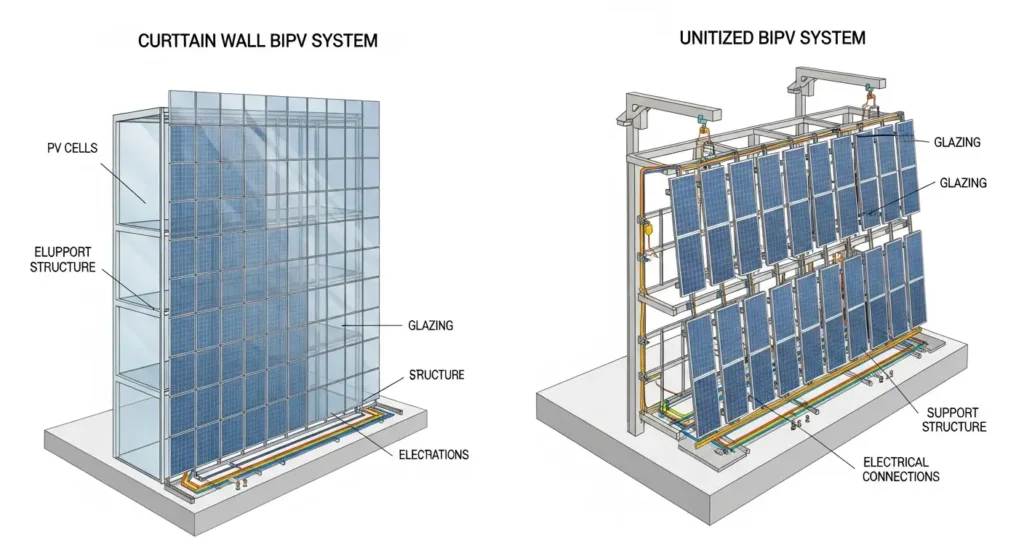
- Unitized PV curtain wall panels are factory-assembled façade modules that include PV laminates, framing, and thermal breaks. They simplify on-site erection and quality control.
- These systems are often specified when architectural continuity and off-site manufacturing efficiency are priorities.
Key considerations include structural load transfer, module replacement strategy, maintenance access, and the electrical interconnection scheme within the curtain wall.
5. Flexible laminates and specialty applications
Flexible thin-film BIPV products (CIGS, a-Si laminates) unlock forms that rigid modules cannot:
- Conformal roof membranes and lightweight canopy coverings allow PV on curved or fragile substrates.
- Balustrades, awnings, and pergolas can integrate flexible PV laminates for distributed generation across a site.

These products are lighter and can be easier to retrofit, but they typically have lower module efficiency and may have different durability profiles than glass-backed crystalline modules.
6. BIPV-T and hybrid systems
BIPV-T systems couple PV electricity generation with thermal capture (water or air), improving overall energy utilization — particularly in climates or building programs that can use recovered heat.
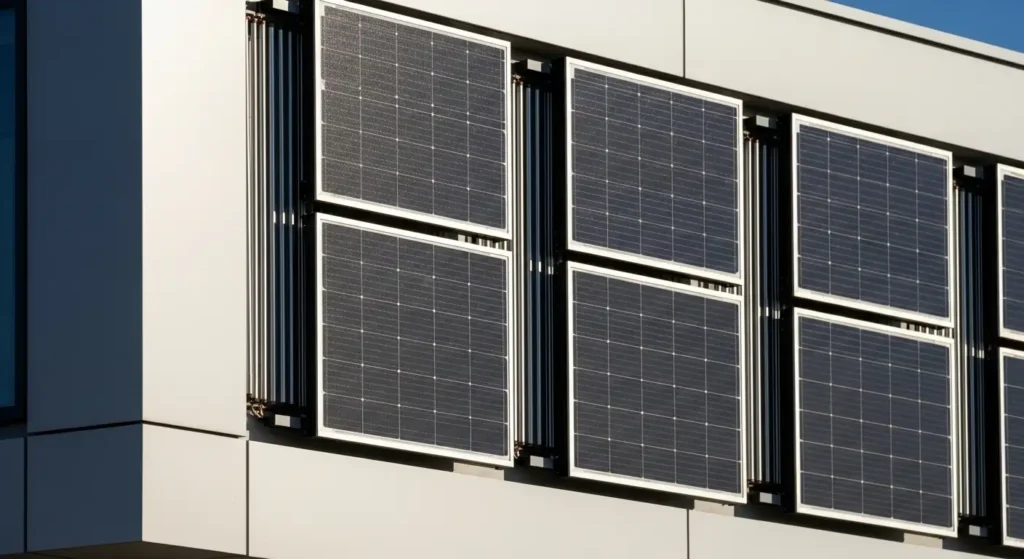
This hybrid approach increases total energy yield per unit façade/roof area but adds system complexity, controls and maintenance considerations. Recent technical guidebooks and research highlight BIPV-T as an increasingly attractive option for integrated design teams seeking both electrical and thermal onsite generation.
Choosing the right BIPV product: practical design criteria
When selecting from BIPV options, design teams should evaluate:
- Building function and orientation — rooftops and south-facing façades perform differently; façade PV may be more about carbon and image than peak yield.
- Aesthetics and architectural intent — color, texture, translucency, and module form factor should match design objectives.
- Structural and fire code constraints — BIPV modules often carry different load and fire ratings than conventional materials; coordinate with structural and code consultants early.
- Thermal management and durability — BIPV modules are part of the building envelope and must meet expected lifetime, thermal cycling, and moisture ingress criteria.
- Electrical integration and maintenance — access for panel replacement, wiring strategy, and potential impacts on building systems must be addressed in early design. courses.ems.psu.edu+1
Benefits and tradeoffs
- Benefits: improved aesthetics, material and labor offsets (when BIPV replaces an envelope material), increased renewable energy on site, and opportunities for high-value architectural expression.
- Tradeoffs: potentially higher unit cost per watt compared with rack-mounted PV, more complex detailing and integration, and sometimes lower electrical performance due to higher operating temperatures or suboptimal tilt/orientation. Early collaboration among architects, façade engineers, and PV designers mitigates many risks. docs.nrel.gov+1
VIEW HIITIO REAL BIPV CASE
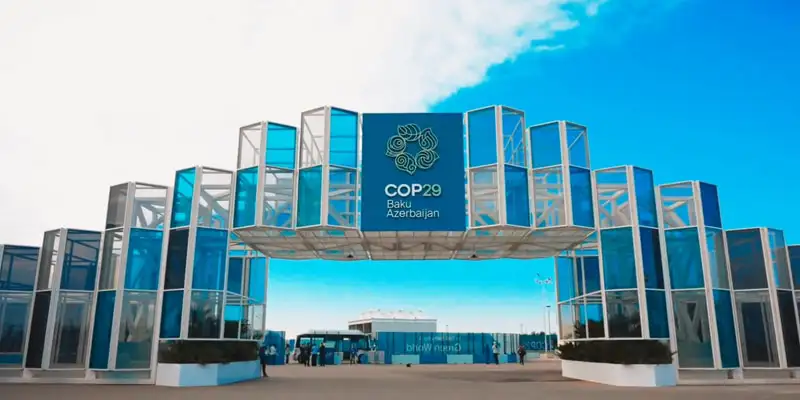
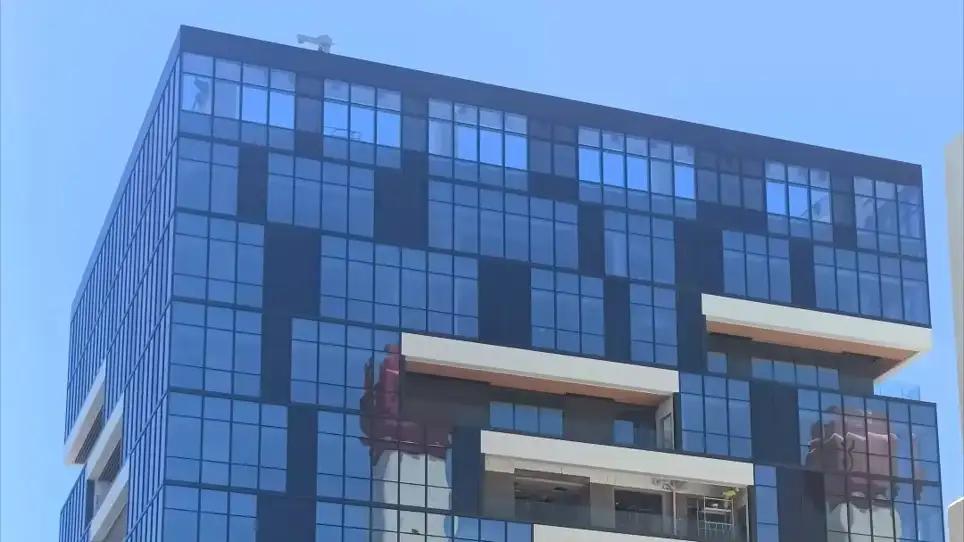



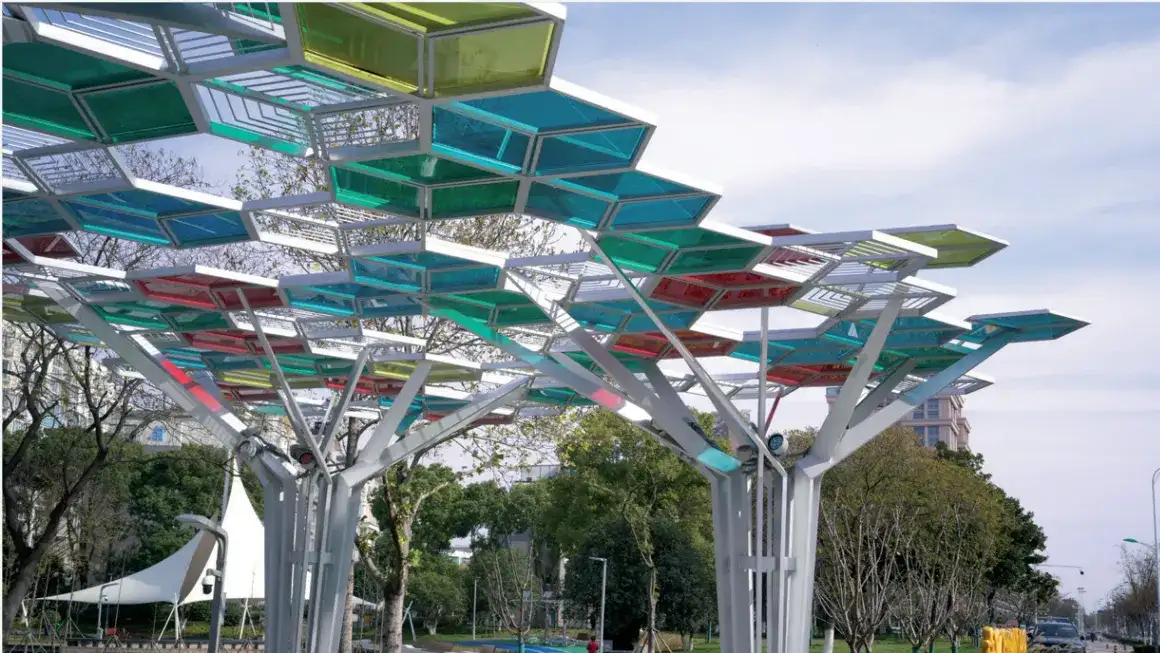

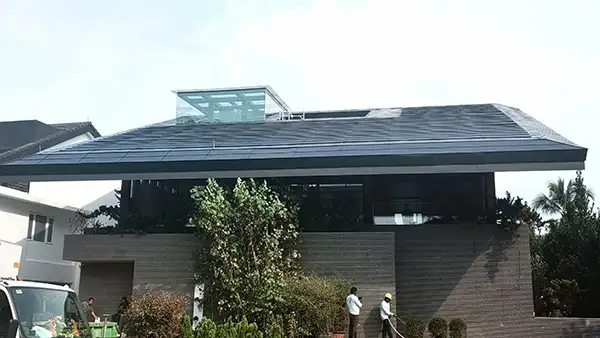
HIITIO’s advanced HJT and CIGS BIPV modules combine high efficiency, customizable aesthetics, and proven reliability, helping architects and developers achieve both sustainable energy and modern architectural appeal.
Transform Your Building with HIITIO BIPV Solutions
At HIITIO, we go beyond supplying photovoltaic modules — we deliver fully engineered BIPV solutions that integrate seamlessly with your building’s envelope and elevate its architectural identity. Our vertically-integrated production line, including the industry’s first fully automated BIPV manufacturing facility, ensures reliable delivery and precise customization from color and pattern to mechanical and fire performance.
HIITIO BIPV Module Series
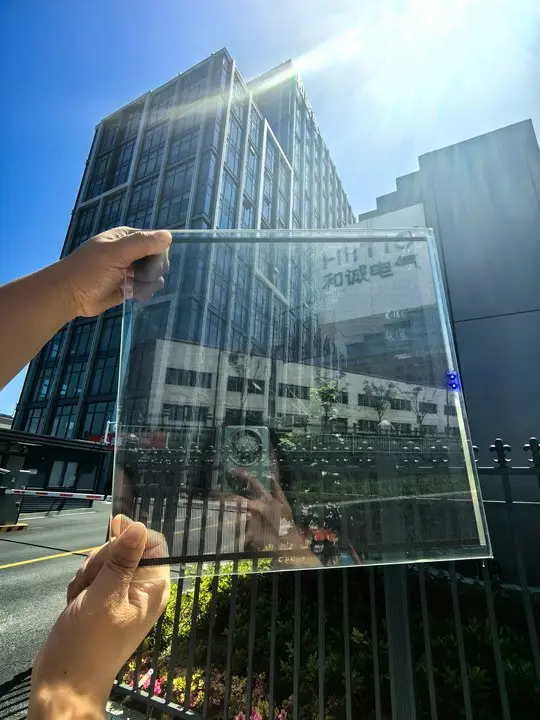
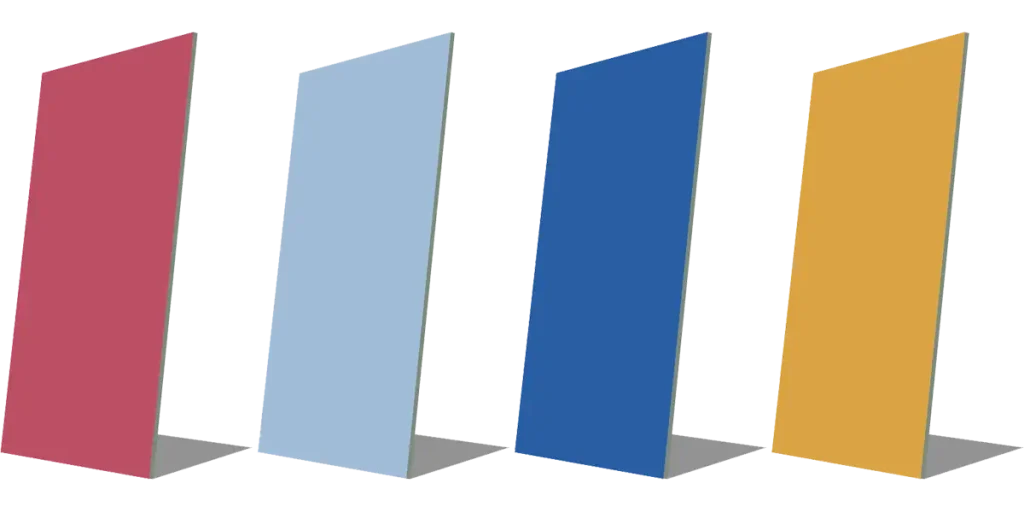
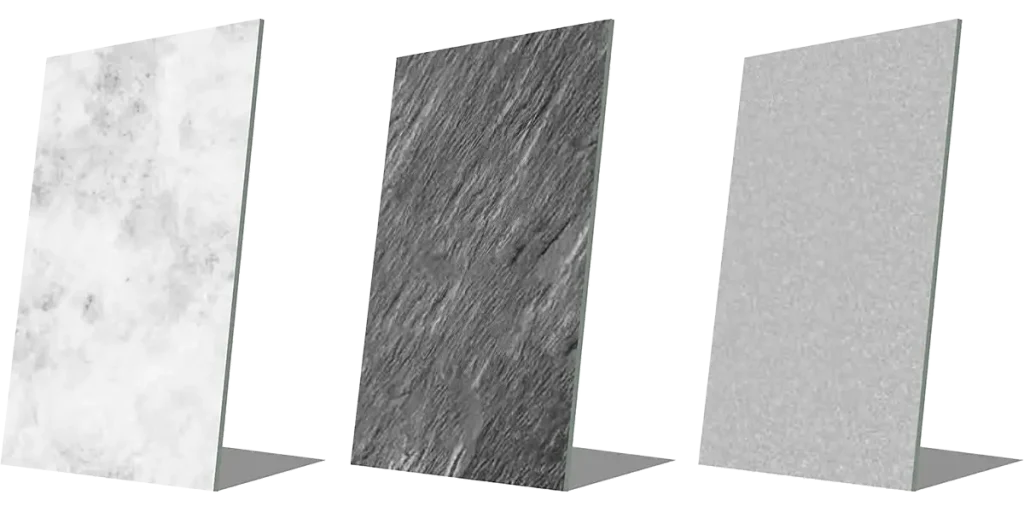
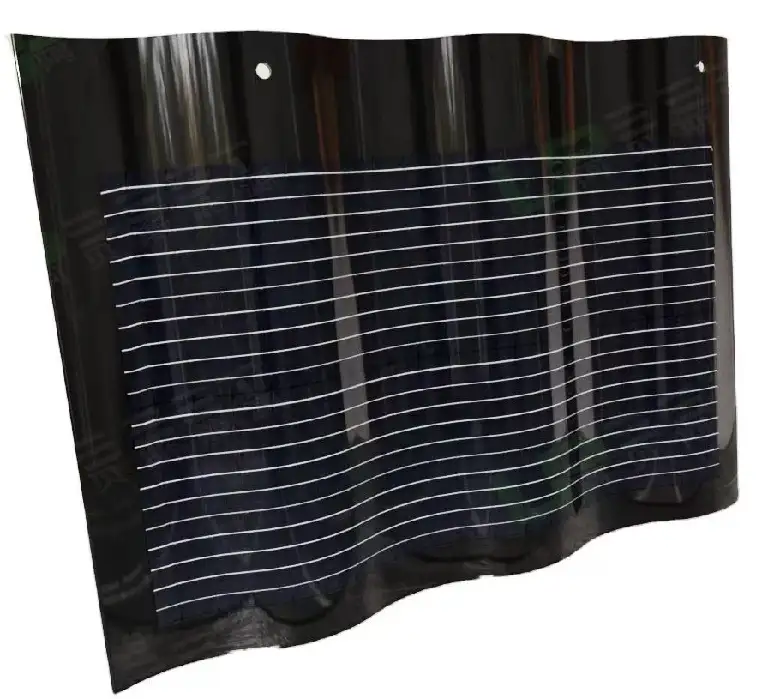

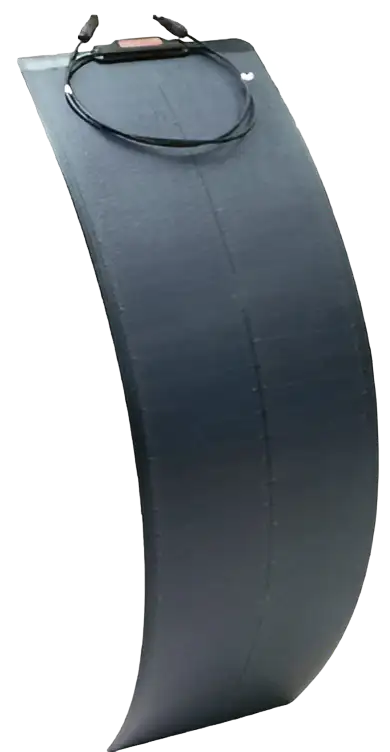
We test against rigorous standards—power, static load, electroluminescence, hail impact—to guarantee long-term stability for your project. Whether you’re specifying roof-tiles, façade panels, transparent PV glass or flexible thin-film laminates, our HJT- and CIGS-based technologies deliver high efficiency, durability and aesthetics in one package. Let HIITIO partner with you to optimise your BIPV layout, streamline installation, and maximise renewable energy output. Visit www.hiitio.com or email sales@hiitio.com to request a free quote and begin your building’s energy transformation today.

